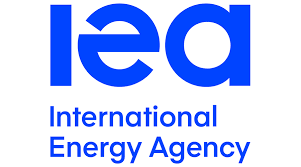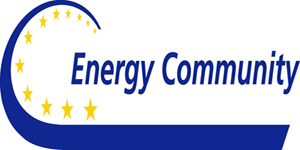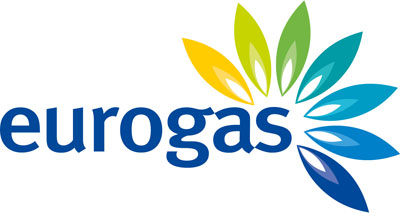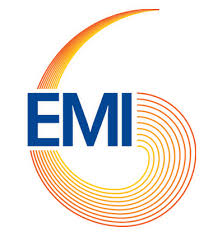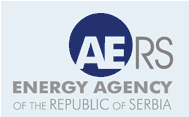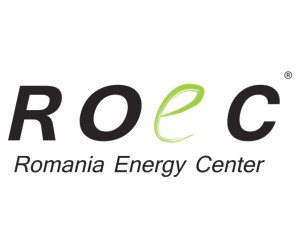By the end of 2014 the estimated world’s stock of enriched uranium is about 1 370 tonnes. This volume can be enough for 20 000 bombs similar to the one exploded in Hiroshima.
According to the research of James Martin Center for Nonproliferation Studies (CNS), in 2013 and 2014 there have been about 325 incidents of loss, theft or loss of control over nuclear or radiological materials. In this case, only a few of them related to materials that can be used for creation of nuclear weapons or ‘dirty’ bombs, but this does not detract the seriousness of such accidents. Worth noting that about 70% of such incidents occurred in the US, Canada and France.
Within the framework of the Russian-American RRRFR program, aimed to return the highly enriched nuclear fuel to the country of origin from research reactors, the two main nuclear countries of the world greatly reduce the risks of such incidents, strengthening the regime of non-proliferation of nuclear materials and technologies.
One of the bright examples of the implementation of such initiatives lately is the Polish research reactor ‘Maria’ which switched to the new type of fuel with low-enriched uranium produced in Russia. At present this reactor, located in the National Center for Nuclear Research of the Polish Institute of Atomic Energy, near the town of Shverk, is the only research reactor operating on the entire territory of Poland. The second reactor, ‘Eve’, was stopped in 1995 because of impossibility of switching it to low-enriched fuel. Over 640 kg of highly enriched uranium were imported in Russia from ‘Eve’ and ‘Maria’ research reactors, built with the assistance of the USSR. Some experts have stated that this is the ‘largest part’ of RRRFR program ever implemented yet.
Soviet-type research reactors in Hungary, Vietnam, Libya, Uzbekistan, Ukraine and the Czech Republic were also switched to work with low-enriched fuel. Russia has launched the production of fuel assemblies with the low-enriched uranium for research reactors of various types in 2013 in order to make a transition.
In total, the Russian part of the program for the import of the highly enriched uranium covers 14 countries with research reactors built by the USSR (Belarus, Bulgaria, Hungary, Vietnam, Germany, Kazakhstan, Latvia, Libya, Poland, Romania, Serbia, Uzbekistan, Ukraine and the Czech Republic). In addition, at the end of 2015 Russia has exported all stocks of highly enriched uranium from Georgia, within the Communiqué of the Nuclear Security Summit in Hague in 2014.
According to the Minister of Natural Resources of Georgia Gigla Agulashvili, Georgia no longer possesses stocks of highly enriched uranium on its territory and it is great progress in terms of security. Earlier the uranium was used by the Tbilisi Institute of Isotopes and the nuclear research reactor of the Georgian Academy of Sciences located in the suburbs of Tbilisi.
According to the Russian-American program Russia has committed to return 2 529 kg of nuclear fuel (fresh highly enriched uranium and spent nuclear fuel) to their territory from research reactors of Soviet design. In turn, the United States should return 1 390 kg of highly enriched uranium to their territory.
RRRFR program is included in the agenda of the annual International Summit on Nuclear Security which is to be held in the coming days in Washington. Russia has been active in reducing the risks of double use of highly enriched uranium and proliferation regime but, at the same time, decided not to participate in the upcoming summit, focusing on cooperation with the IAEA.
http://neurope.eu/article/russia-united-states-strengthen-global-non-proliferation-regime/

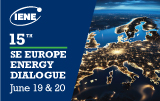
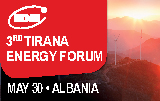
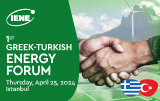
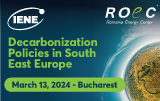
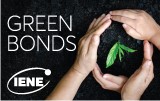
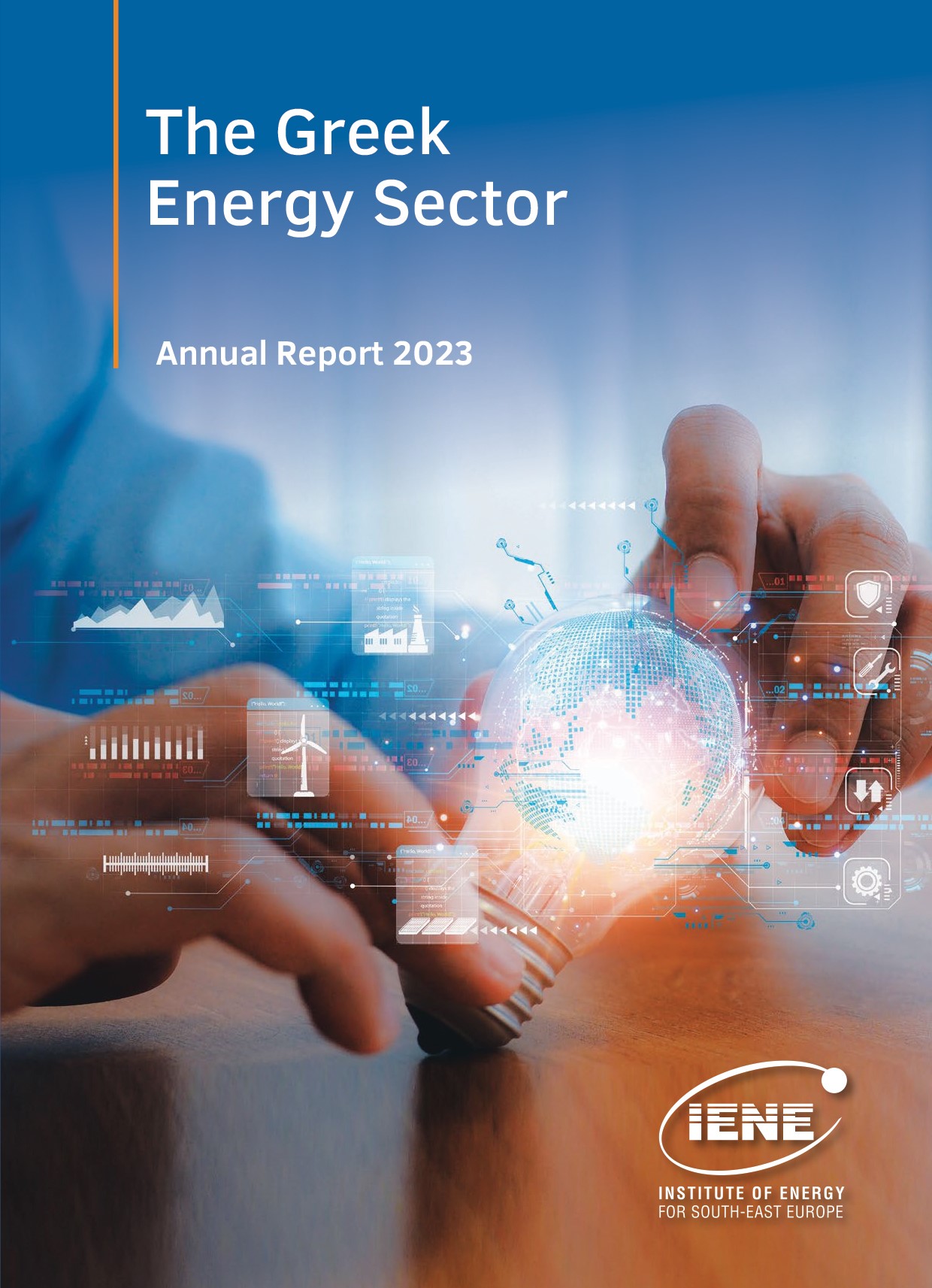
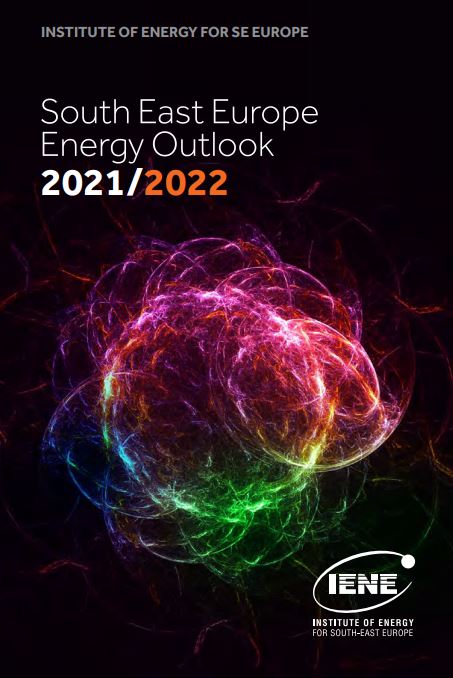
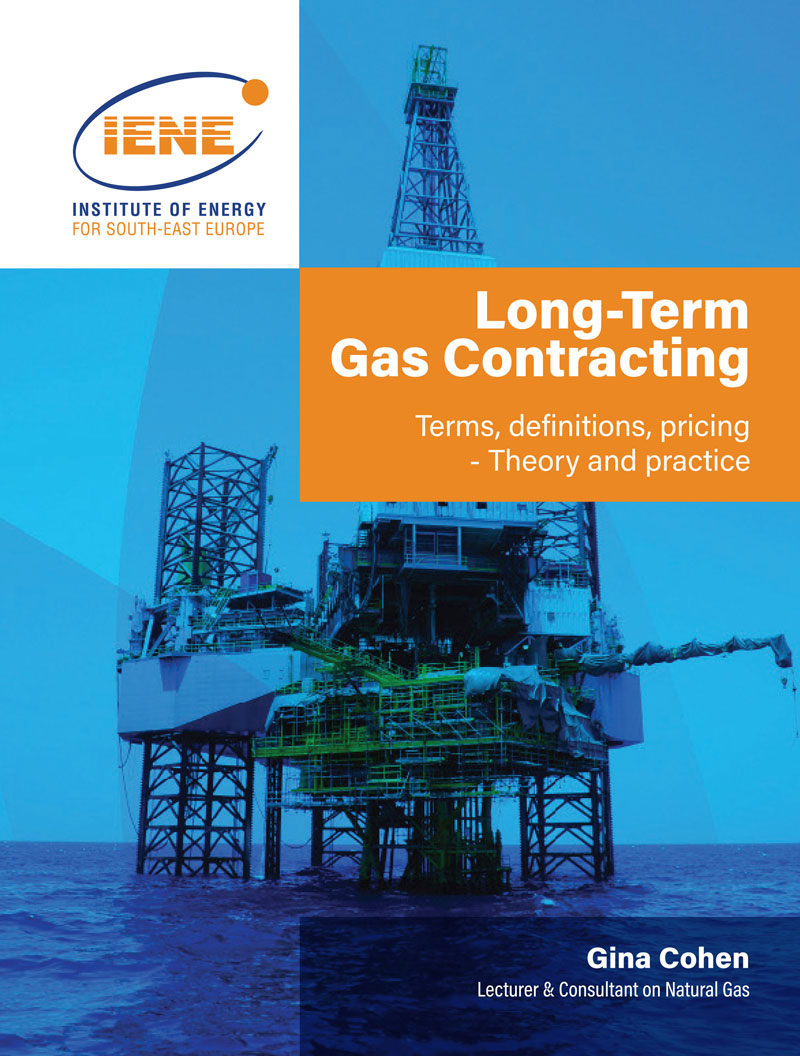 More
More
